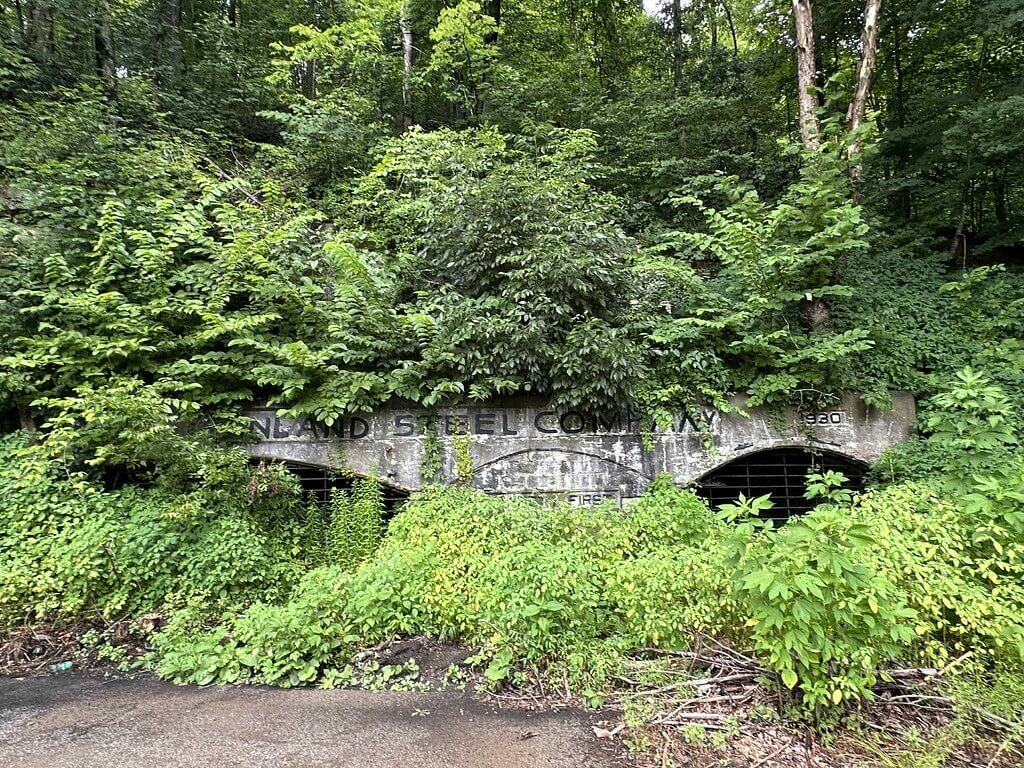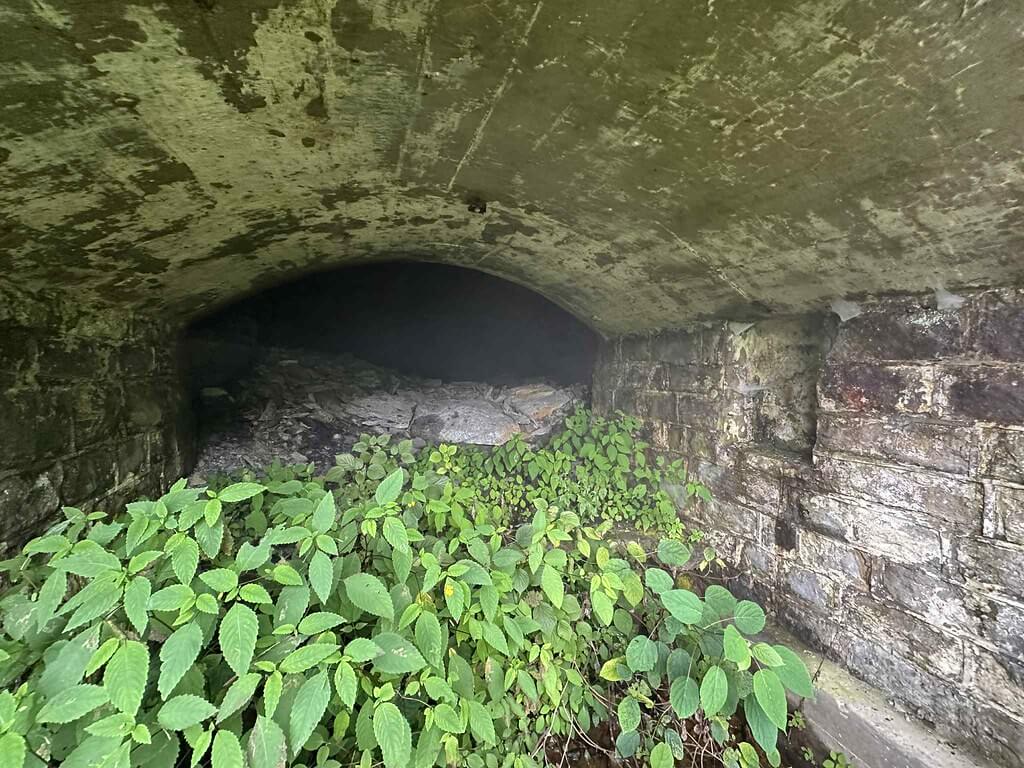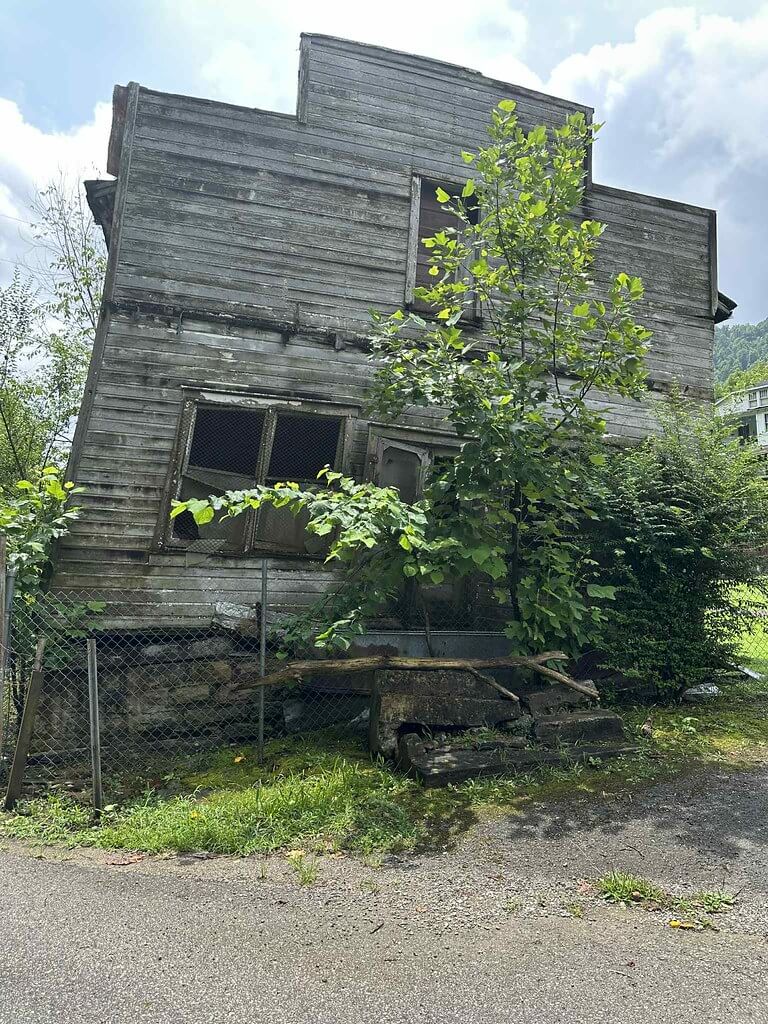Forgotten Appalachia Series

A coal town takes shape
Wheelwright sits at the head of the Right Fork of Otter Creek in southern Floyd County. Before the mines, this was an isolated corner of the Big Sandy valley. In 1916 the Elk Horn Coal Company established a camp at the confluence of Hall and Branham branches. Early housing was makeshift, then frame dwellings rose as supplies came in over the mountain from Pike County. The town incorporated in 1917, and its name honored Jere Hungerford Wheelwright of Consolidation Coal, which held the underlying leases.
Inland Steel arrives and modernizes the town
In 1930 Inland Steel announced it would buy both the Wheelwright mines and the town. After the sale cleared in March, Inland acquired the plant, 1,500 acres, and leases on thousands more. The company paved streets, installed telephones and gas, filtered water, and built sewer and garbage systems. Residents remembered a noticeable drop in infant mortality once sanitation improved.
During 1940 and 1941 Inland undertook a large building program. Architect Albert Franklin Tucker designed a new Clubhouse that combined hotel, library, dining rooms, and bowling alleys. The community building, theater, store, offices, pool, and playground were upgraded. These projects gave the commercial district a cohesive brick appearance with classical detailing. Locals credited longtime manager E. R. “Jack” Price with pushing for amenities that made Wheelwright a model coal town.

Everyday work and life, in focus
The best single snapshot of mid century Wheelwright comes from a visit by Farm Security Administration photographer Russell Lee on September 23, 1946. His series documented miners at the #1 and #2 mines along with stores, clinics, and school scenes in town. Specific images include coal loader Harry Fain underground and the hardware department of the company store. Together these photographs are a primary visual record of work and daily life in the camp.
Hall Hollow and a segregated landscape
Like other company towns in eastern Kentucky, Wheelwright was segregated in housing and public spaces during the first half of the twentieth century. The “Colored Section” near Hall Hollow served Black miners and their families. Years later, students at Wheelwright High School recorded oral histories there for a class project modeled on Foxfire, preserving voices from a community that had often been left out of written histories. The Nunn Center and Kentucky Historical Society catalogs reflect both the neighborhood and the student interview project.
From model town to uncertainty
In early 1966 Inland sold Wheelwright’s operations to Island Creek Coal. Within months Island Creek kept the mines and sold most town properties to Mountain Investment Company. Residents remembered deteriorating maintenance during those years and growing tension between the private owner and Wheelwright’s governing board. The mines themselves closed during the early 1970s, leaving the town with job loss and aging housing. The University of Kentucky’s Wheelwright Collection holds the business files, housing records, and blueprints that document this transition from company stewardship to absentee ownership.
1979: the town changes hands again
Local leaders, the City of Wheelwright, and the Kentucky Housing Corporation worked together in 1979 on a plan to buy the town’s utilities and much of its housing, stabilize basic services, and resell homes to residents after repairs. State regulators approved the utility transfer that September. A later order confirmed the sale and noted that, as of September 21, 1979, the water, gas, and sewer systems were municipally owned. Newspapers at the time called it an independence day for Wheelwright.
The same year, a long nomination placed the Wheelwright Commercial District on the National Register of Historic Places. The nomination explained why the town mattered: it remained one of the largest and most intact coal company settlements in the region and showed how community planning under a large corporation had shaped everyday life.

Hearing the town in its own words
Interviews and documentaries allow Wheelwright’s residents to narrate their own story. The Headwaters program rebroadcast Wheelwright: Coal Mining Town, a 1970s documentary of long form interviews and street level footage. In a follow up segment, Anna Jean Tackett described the collaborative effort that rebuilt housing and services after the 1979 purchase. These recordings pair well with the broader Appalshop archive of coal camp oral histories from places like Wheelwright and Jenkins.
Maps and mines
Government maps fix Wheelwright’s setting in the hills. USGS topographic quadrangles for the Wheelwright sheet outline the narrow valley and the single entry at Wheelwright Junction on KY 122. Kentucky’s Mine Mapping Information System aggregates scanned underground mine maps for Floyd County, so researchers can compare the built landscape to the subterranean one that sustained it.
Why Wheelwright matters
Wheelwright was not only a coal camp. It was a planned community with a clubhouse, library, stores, school, hospital, and recreation. It was also a place shaped by segregation, company control, and the volatility of coal markets. When the company era ended, residents and partners used public tools to convert a camp into a town where people could own their homes. The archival record is unusually rich, from photographs and oral histories to corporate files and regulatory orders, which makes Wheelwright a strong case study in the rise and transformation of Appalachian company towns.
Sources and further reading
National Register nomination, Wheelwright Commercial District. Kentucky Heritage Commission, June 1980. Historical narrative, architecture, ownership timeline, and bibliography. NPGallery+2NPGallery+2
Russell Lee photographs, September 1946. U.S. National Archives images of Inland Steel’s Wheelwright mines and town. See “Harry Fain, coal loader,” and related series. Wikimedia Commons+1
Energy Regulatory Commission of Kentucky, Order in Case No. 7130. Notes approval of the 1979 transfer of Wheelwright utilities and confirms municipal ownership later that fall. KY PSC
Wheelwright: Coal Mining Town. Documentary with interviews and contemporary footage, produced in the 1970s, available via Internet Archive Headwaters rebroadcast. Internet Archive
Hall Hollow Oral History Project. Student led interviews from Wheelwright High School focused on the Black community in Hall Hollow. Catalog entries and description. OCLC
Nunn Center online search. Searchable portal returns multiple Wheelwright related interviews and projects. Kentucky Oral History
Kentucky African Americans Database. Note on Wheelwright’s “Colored Section” with image sourced to the Russell Lee collection and related oral history leads. UKnowledge
USGS topographic maps. Wheelwright quadrangle, historical and current GeoPDFs. NGMDB+1
Kentucky Mine Mapping Information System. Repository and interactive viewer for Floyd County underground mine maps. minemaps.ky.gov
Wheelwright Collection, 1916 to 1979. University of Kentucky Special Collections, 185 cubic feet, covering Inland Steel, Island Creek, Mountain Investment, and blueprints. OCLC
Russell Lee: Wheelwright, Kentucky photographic collection. UK Special Collections, description and inventory. OCLC
Rennick, Robert M. “Floyd County, Place Names.” On Wheelwright’s naming and corporate lineage. Morehead State Digital Archives
Kentucky Heritage Council. NRHP program pages and related resources. heritage.ky.gov+1
Appalshop Archive overview. On oral histories from coal camps, including Wheelwright. Appalshop
https://doi.org/10.59350/dp8yr-nx145
Author Note [Blank]